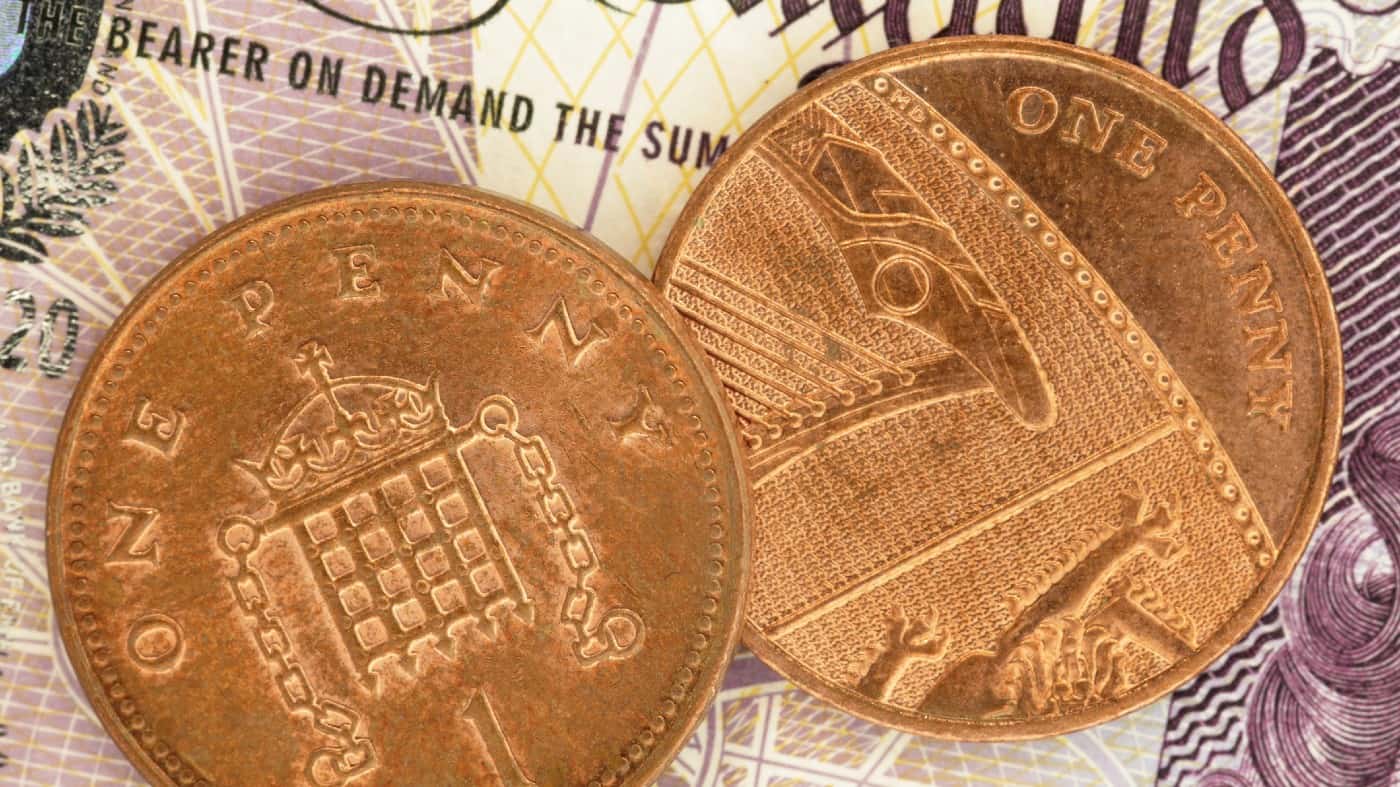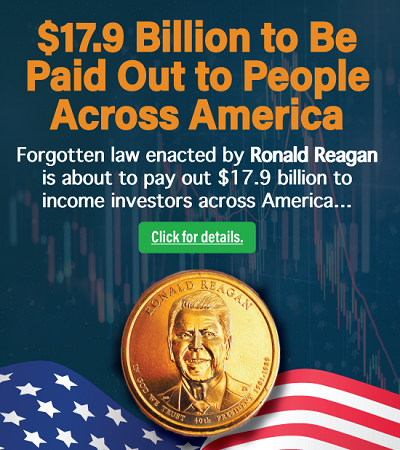If I had invested £1,000 in Serabi Gold (LSE: SRB) a year ago when it was a penny share, I would now be sitting on an investment worth £2,680.
No longer a penny share, Serabi has soared 168% over the past 12 months.
It can be argued that the reasons behind that rise still suggest a lot of growth potential. Perhaps even more than we have seen in the past year.
So should I buy the share today?
Increasing production in a strong market
There are a couple of main reasons we have seen the Serabi Gold share price soar. One is its increase in production.
Last year, the miner produced 37,520 ounces of gold. That was growth of 13%. The most recent quarter saw Serabi’s output hit a five-year high. This year, it expects 44,000-47,000 ounces of production. That would be growth of 17-25% on top of last year.
From an investor’s perspective, that is good news and could support a higher share valuation. Mining has high fixed costs, so spreading them over greater production is typically positive.
The second main reason for the share price leap has been soaring gold prices. In an environment of heightened geopolitical and economic uncertainty, investors have once more flocked to gold as a perceived haven and it recently hit an all-time high.
Higher gold prices are also good for Serabi and could also lead to a higher share price.
Why I don’t feel I’ve missed out
So by not buying a year ago, I missed a 168% return (with the potential for more to come). But I do not regret my choice and in fact still do not plan to invest in Serabi.
As I wrote in November when Serabi was cheaper, “despite the incredible price rise over the past year, I see this penny share as a potential bargain even now. But the risks involved simply exceed what I am comfortable with as an investor”.
I was right that it was still a potential bargain: in just over two months since writing that, the share has gone up by a third.
But the risks I identified then also remain concerns for me. There are two main ones.
First, Serabi is a Brazil-focused gold producer. So it lacks diversification either geographically or in terms of metals mined. That means there is a geopolitical risk. For example, if the Brazilian government decides to raise taxes, Serabi cannot move its mines.
The second risk is gold prices. This is basically a cyclical market – gold is very high right now. It may go higher still, but sooner or later it will crash. Then it will start to rise again before hitting a new high again years or decades from now.
There is money to be made as an investor at the right points in a cyclical market. But with gold near record highs my concern is that we are at the wrong stage in the cycle. I would rather buy gold miners’ shares when the yellow metal is cheap, not expensive.
This post was originally published on Motley Fool




